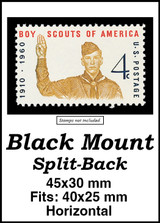U.S. #968
3¢ Poultry Industry
Issue Date: September 9, 1948
City: New Haven, CT
Quantity: 52,975,000
Printed by: Bureau of Engraving and Printing
Printing Method: Rotary Press
Perforations: 11 x 10 1/2
... more
U.S. #968
3¢ Poultry Industry
Issue Date: September 9, 1948
City: New Haven, CT
Quantity: 52,975,000
Printed by: Bureau of Engraving and Printing
Printing Method: Rotary Press
Perforations: 11 x 10 1/2
Color: Sepia
U.S. #968 commemorates 100 years of the poultry industry. The stamp pictures a Brahma male rooster, the oldest breed in America. The stamps denomination is placed in an egg making it the first U.S. stamp to picture an egg.
U.S. Poultry Industry
Paul Ives, editor of the Connecticut poultry magazine, "Cackle and Crow" first suggested a stamp honoring the poultry industry in 1947. At the time, poultry was Connecticuts largest agricultural industry and Ives said, he couldnt see any reason to not honor the $3.5 billion industry.
At the stamps first day ceremony, Congressman Antoni N. Sadlak said, So seldom do we count our blessings that we readily fall into the habit of minimizing the importance of certain segments of our food producing sources. The Poultry Industry is a good example. The issuance of this stamp is a means of paying tribute to American Genius, which has built this vast business.
First White House Easter Egg Roll
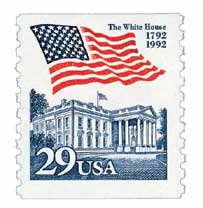
On April 22, 1878, the White House hosted its first official Easter Egg Roll on Easter Monday.
Reportedly, Dolley Madison may have been one of the first to suggest holding a public egg roll at the White House. And there are stories describing informal egg-rolling parties at the White House during Abraham Lincoln administration.
In the 1870s, people began celebrating Easter Monday on the west ground of the US Capitol. During these celebrations, young children rolled dyed eggs down the terraced lawn. However, by 1876, some grew worried about the toll this was taking on the landscape, so Congress passed legislation that limited public use of the Capitol grounds, bringing an end to the egg rolling.
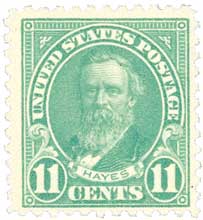
In 1877, it rained on Easter Monday, so no egg rolling festivities were planned. Then, the following year on April 22, 1878, a group of children approached the White House gate and asked if they could play their egg-rolling games there. President Rutherford B. Hayes told the guards to allow the children to come in and play. Usually, the first family used the South Lawn for their private Easter activities, but President Hayes gladly invited the children to join them. This marked the start of the Easter egg roll tradition at the White House.
In 1885, the children at the White House for the egg rolling went to the East Room, hoping to meet with President Grover Cleveland. He was delighted to meet them, starting another new tradition. Four years later, President Benjamin Harrison invited the US Marine Band to play while the children enjoyed the festivities. Band director John Philip Sousa later said he enjoyed playing lively marches for the White House guests.
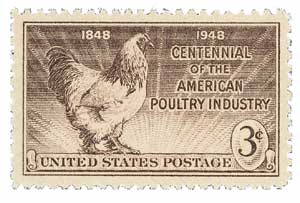
In 1917, the egg roll was moved to the Washington Monument. And in 1918, the District of Columbia food administrator said that nothing that is an article of diet should be destroyed. At the time, the US was practicing wartime food restrictions, so the destruction of eggs was prohibited and the egg roll was canceled.
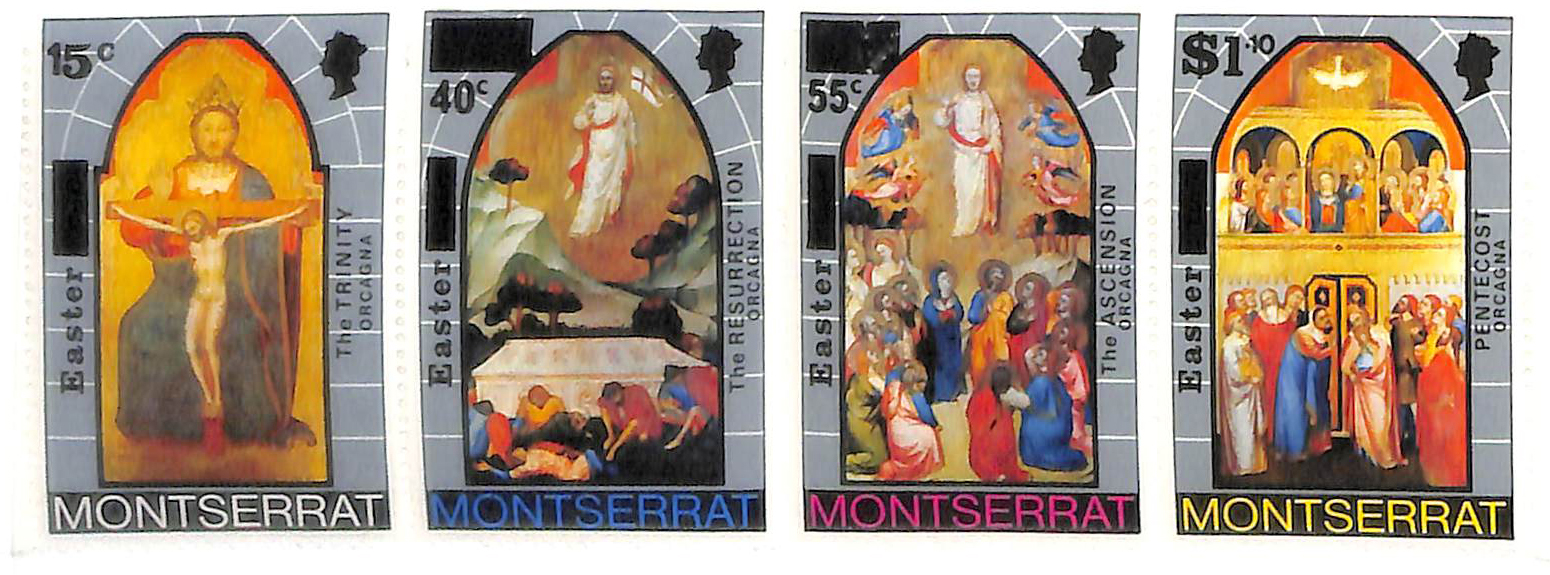
In 1921, the egg roll was hosted at the White House for the first time since 1916. Nearly 60,000 children attended and were treated to a visit from the cast of the children play Alice and the White Rabbit. In 1929, the egg roll was broadcast on the radio for the first time. That year also included a maypole dance by the girl scouts.
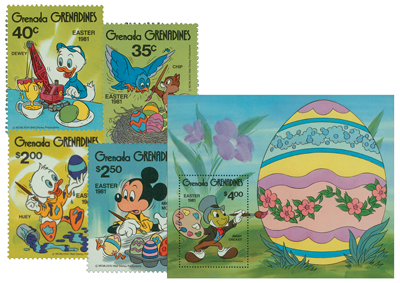
During and after World War II, the egg roll was again canceled at the White House due to wartime restrictions. After that, the Trumans were renovating the White House and the South Lawn was a construction zone, so the egg roll wasn't held again until 1953.
Two new traditions started during the Nixon administration. In 1969, they first had a White House Easter Bunny, and in 1974, they held the first egg roll races. In 1981, the Reagans staged an egg hunt with wooden eggs signed by famous people.
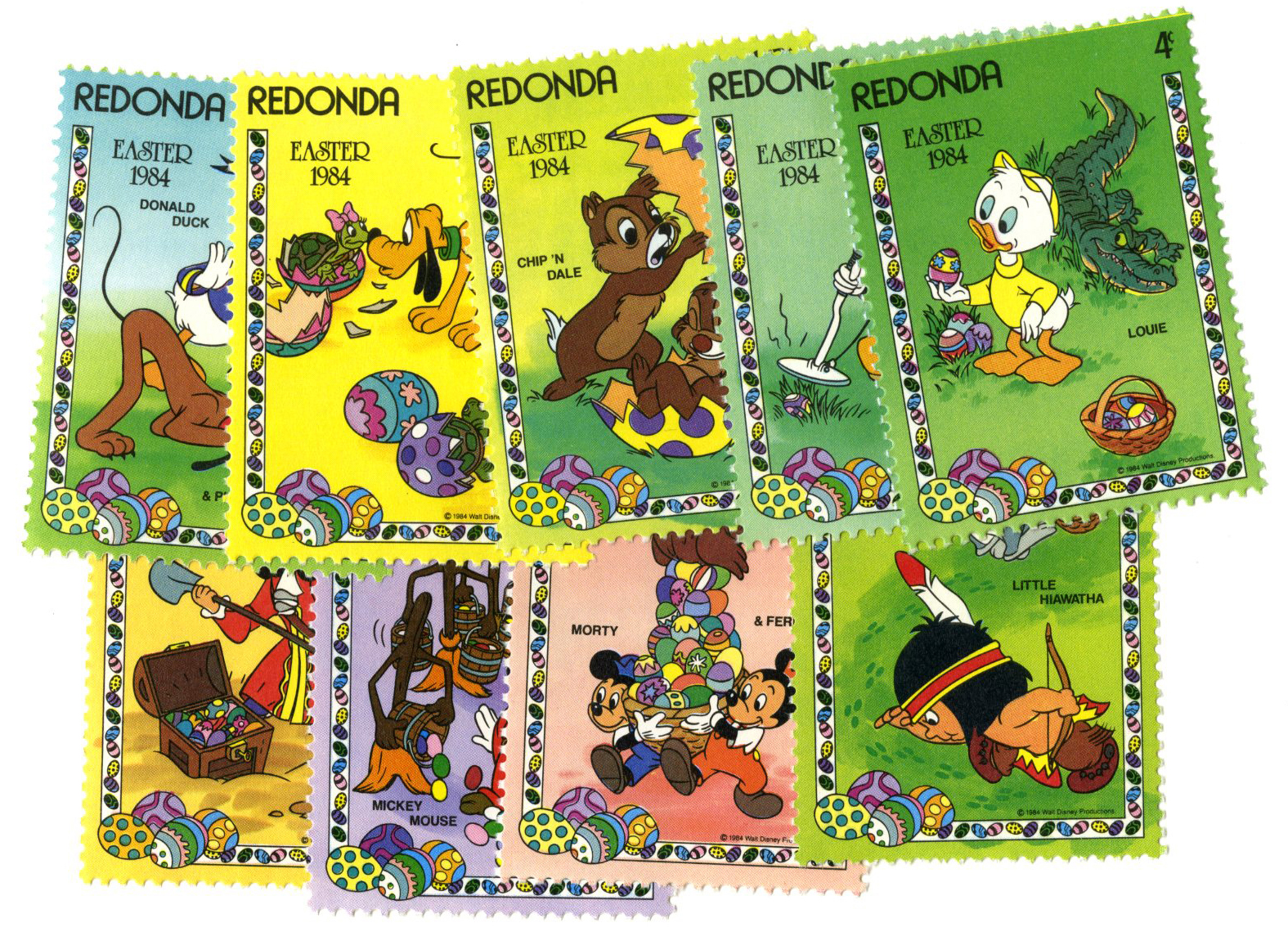
The White House Egg Roll continues today, with additional activities for children including crafts and storybook time.
Less 